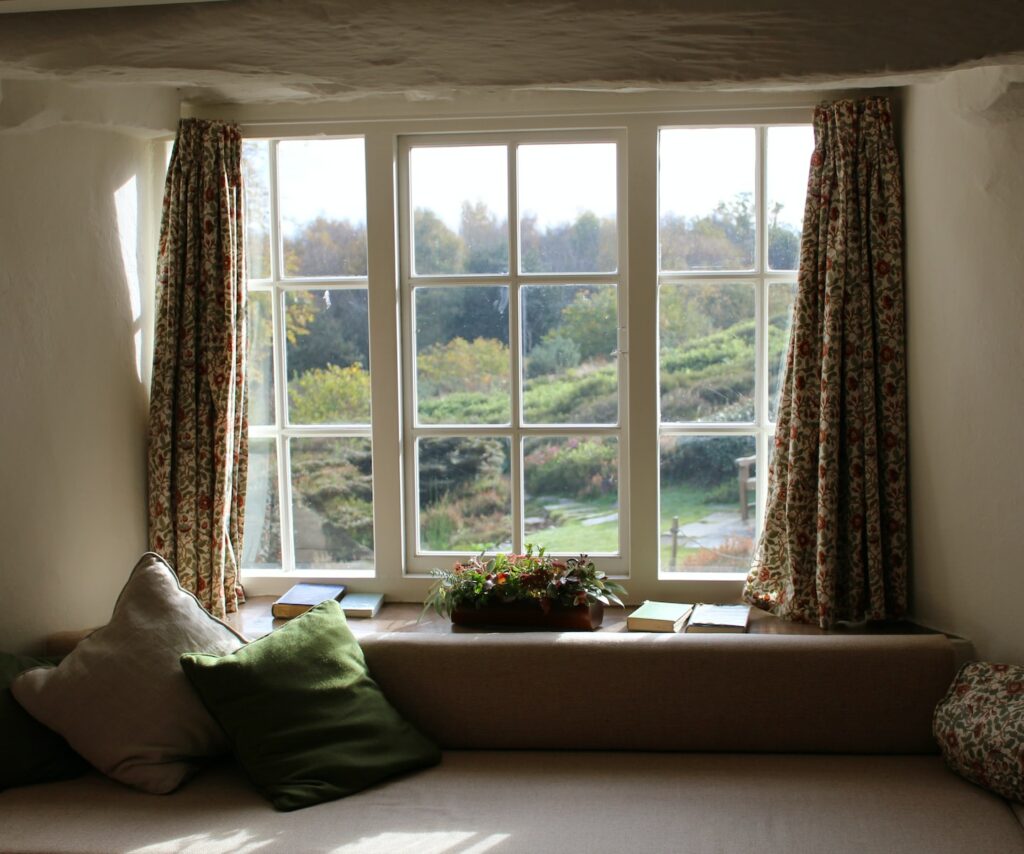Are you looking for the best materials to put on your office windows? Do you want to let in natural light while also providing privacy and insulation? Then look no further. In this article, we will discuss what factors should be taken into consideration when selecting materials for your office windows and provide an overview of the top options available.
From energy-efficient designs to stylish aesthetics, these choices can help you create a workspace that is both comfortable and inviting. So join us as we explore the world of window treatments – from economical choices to luxurious splurges – for your home or business!
Factors to Consider When Choosing Materials for Office Windows

When choosing materials for office windows, there are many factors to consider. One of the most important is the amount of natural light that can be allowed inside. Different materials provide varying levels of transparency, allowing more or less sunlight into your workspace.
Additionally, you should think about how much privacy and sound insulation you need from outside noise. You may also want to factor in the relative cost-effectiveness of each material option when making a decision as well as their longevity and durability over time.
It’s worth considering what type of environment you would like to create for employees; certain window treatments can help bring in warmth or create a calming atmosphere depending on your needs. Finally, choose something that reflects your company’s style and fits with its overall aesthetic—your office windows should make an impression on visitors while still being practical!
Types of Materials Ideal for Office Window Applications
When it comes to choosing the best materials for office windows, there are a few options that stand out. Glass is one of the most popular and versatile materials used in window applications due to its ability to provide an unobstructed view both inside and outside the building.
Vinyl windows can also be a great option as they are low-maintenance, energy efficient, and relatively inexpensive. Wood frames offer both superior insulation properties as well as aesthetic appeal, but may require more upkeep than other types of material.
For those on a budget or looking for something unique, metal frames can be an attractive choice since they come in various styles and colors while providing good insulation benefits. Finally, fiberglass offers superior strength and durability compared to other materials while still allowing light into your office space.
The Advantages and Disadvantages of Different Window Materials

Windows are a major part of any office space, providing natural light and views to the outside world. When it comes to selecting materials for windows in your office, you have several options available. Each has its advantages and disadvantages that need to be considered when making your decision.
Wood is an attractive option with a classic look that is both timeless and warm. It stands up well against weather conditions such as rain or snow, though regular maintenance may be required to keep it looking like new over time.
Wood also provides excellent insulation from noise pollution, helping create a peaceful environment free from distractions. On the downside, wood can be more expensive than other materials and prone to warping or cracking if not treated correctly—especially in high-humidity climates.
Fiberglass windows are becoming increasingly popular due to their durability and low-maintenance requirements; they’re also energy efficient thanks to superior insulation properties compared with traditional alternatives like wood or aluminum frames.
They don’t require painting or staining either since they come pre-colored right out of the factory—although some fading may occur over time due to UV exposure—and they generally stand up better than other materials against harsh winds or storms too!
Of course, there are drawbacks: fiberglass windows tend to be heavier than most types of frames so installation can take longer (and cost more) plus they’re often slightly noisier than other window types because of their thicker construction material.
Aluminum frames offer another great option for offices—they’re lightweight yet extremely durable which makes them easier (and cheaper) during installation while still offering long-term strength and protection from the elements without worry about rotting away like wooden window frames might do eventually!
An additional benefit is their affordability compared with other materials but on top of this aluminum isn’t always very aesthetically pleasing since it tends towards being quite modern looking rather than traditional designs which could clash with older buildings’ styles or themes inside the office itself!
Additionally aluminum offers little soundproofing benefits so conversations within proximity will still likely carry across rooms easily enough depending on how much direct contact an external wall has directly next door neighbors etcetera…
Conclusion

In conclusion, it is important to choose the best materials for your office windows. Different types of window coverings can change the look and feel of any space, while also providing practical benefits such as light control and privacy.
Window Coverings come in many different forms including blinds, shades, curtains, and shutters. Each material has its unique advantages such as energy efficiency or sound absorption.
When making a decision on which window covering material is right for you, consider performance requirements like insulation values and noise reduction as well as aesthetics like color scheme and texture. With so many options available today, there’s sure to be a perfect fit for every home or office environment!

